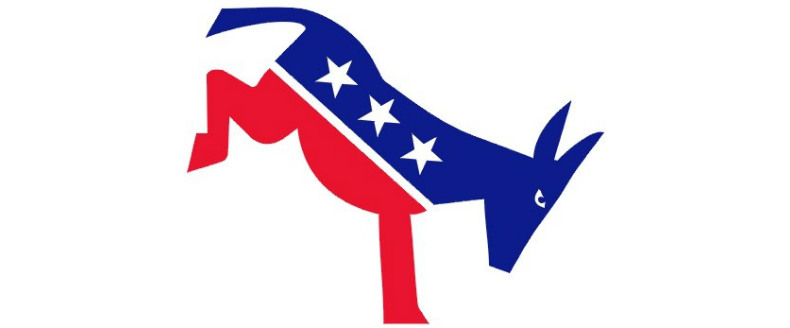Dave Leichtman is the Democratic Strategist for Microsoft’s Campaign Tech Services and the Vice-chair for Tech of the Democratic Party of Virginia. Read Dave’s previous work on Epolitics.com.
In February 2014, to much fanfare, the Democratic National Committee announced the launch of Project Ivy. Partly as a response to the RNC’s launch of Para Bellum Labs and partly because Organizing For America had finally gotten its act together post-election, the DNC created a new branding vehicle for their innovative tech projects.
Now the only game in town for Democrats after 2012, and approaching critical midterm elections, the DNC needed a boost to kick Dem tech into higher gear. With the project’s stated goal to “build tools and technology to empower state parties, campaigns, and voters to engage in elections at all levels,” state parties perked up their ears. Could the promise of presidential-level tech coming down-ballot finally be a reality?
So, a year and a half on, what happened to Project Ivy?
In short, nothing.
Now, that’s not to say that Democrats have made no progress toward at least some of Project Ivy’s stated goals. The DNC has done a great job streamlining the tech infrastructure they offer to large campaigns. Staff have held multiple gatherings of state-based digital organizers to get people trained and to trade notes. They even recently announced a new digital advertising targeting effort with TargetSmart and Experian. But despite the Tech and Digital programs at the DNC doing the best with what they’ve got, the promise of down-ballot tech has yet to materialize in a significant way. Why?
As usual, the answer comes down to money and politics. After February’s announcement, the DNC spent the rest of 2014 recovering from the monetary shock of absorbing the Obama Campaign’s debt, only to be walloped at the polls in November. And the delay in settling the status of OFA — which ended up hoarding the Obama campaign’s data as a separate 501c4 — cost critical time, led to confusion, and in the end provided only pieces of the Obama machine’s massive tech operation back to the Party. So it should come as no surprise that the 2015 recommendations of the DNC’s post-2014 Truth and Reconciliation Commission (or the “Victory Task Force”, as it was officially called), still pointed to the need to “resource the tools and tactics needed to communicate in the 21st Century.”
But why is this cause for concern? The DNC’s tech program remains under-resourced, and hopefully that may soon change, but the staff do pretty well with what they have. Why should we care about the stagnation of what now looks to be essentially a branding program?
Democrats like to tout our technological and organizing edge as one of the main reasons we won in 2008 and 2012. Yet for some reason, we’re reticent to put our institutional money where our mouths are. And while the presidential and larger statewide campaigns will almost certainly continue pushing our tech-forward strategies, the down-ballot races — local, state legislative, and small congressional — sorely lack institutionalized tools and programs, especially ones that are neatly packaged and easy to use. Arguably, that’s where we need the help the most — Dems only control 30 of the 99 state legislative bodies, and the next redistricting cycle will be upon us before we know it.
Moving the Tools Down-Ballot
This is why a brand like Project Ivy is so critical. Most candidates who run down-ballot have no idea about the wealth of tools, training, and programs available to them — including cheap-to-free services like DemocraticAds, Ruck.us, and Action Network. State parties can only do so much to promote services and educate candidates down-ballot. Fundamentally, we lack a genuine stewardship over our tech edge, but that’s where the DNC comes in.
These offerings are all privately run by companies or nonprofits affiliated with, but not sanctioned by, the Democratic Party. Imagine the marketing boost they could receive and the candidates they could reach if the DNC “white-labeled” services like these in a similar way to NGP VAN’s VoteBuilder. The Party currently holds a giant stamp of approval in its back pocket but has yet to use it to help state and local candidates become aware of the options open to them.
Fortunately, it’s never too late. Most down-ballot candidates will take what you give them and be happy for the help. In that sense, we have nowhere to go but up when it comes to servicing those campaigns. With the 2016 cycle heating up, there’s sure to be more and more innovative tools coming on the market soon. Alone on the Left, the DNC has the reach and the influence to help campaigns across the country and far down the ballot find and employ the technologies they’ll need to win in a digital political environment. It’s time to use that stamp.

